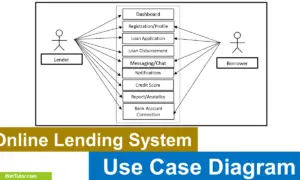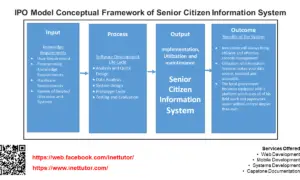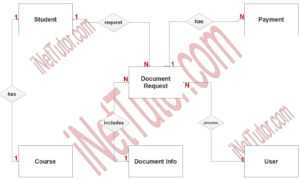Project Management System Conceptual Framework
This tutorial will walk you through the process of developing a conceptual framework for your capstone project, Project Management System. For the conceptual framework of this inquiry, the input, process, output (IPO) model was adopted.
About the Project
Table of Contents
The growing complexity and dynamic nature of today’s business environment has made it increasingly difficult for organizations to manage their projects effectively. Traditional methods of project management such as spreadsheets and email are no longer sufficient, and organizations are in need of more advanced and efficient project management systems. The aim of this project is to develop a web-based project management system that can be used by organizations to manage their projects more efficiently and effectively.
The capstone project, “Project Management System,” is an online platform that allows the company to post their projects and then assign them to the project manager for project task and detail monitoring. The project manager will then delegate a task to each project member. Finally, any updates to the work allocated to them will be posted by project members.
The project management system will be designed to meet the needs of organizations of all sizes and industries. It will provide a centralized platform for managing projects, tasks, and resources, and improve the efficiency and communication of the project team. The system will include modules for user management, project management, task management, resource management, time tracking, budget management, and communication.
Objective of the Study
The objective of this project is to develop a web-based project management system that can be used by organizations to manage their projects more efficiently. The system will provide a centralized platform for project management tasks such as task assignment, scheduling, and resource allocation.
Specifically:
- The projects’ goal is to create a centralized platform for companies to manage their projects.
- Transform the manual system of posting and assigning project updates and projects to project managers respectively.
- To make it simple to find information about a certain project.
- To make project management easier, friendlier, and efficient by eliminating the need for paperwork.
- To create an application that contains everything that companies, project managers and project members.
What is a Conceptual Framework?
A conceptual framework is a set of concepts and theories that help to guide and inform a research study. It provides a structure for understanding the problem being studied and the relationships between the variables being investigated. In the context of a research study on project management systems, a conceptual framework can be used to:
Define the problem: A conceptual framework can help to clearly define the problem being studied, such as the need for more efficient project management systems in organizations.
Identify key variables: A conceptual framework can help to identify the key variables that are related to the problem, such as project management processes, team communication, and resource allocation.
Understand relationships: A conceptual framework can help to understand the relationships between the key variables and how they affect the problem. For example, it can show how effective project management processes lead to better communication and resource allocation.
Guide data collection: A conceptual framework can guide the data collection process by identifying the specific information that needs to be collected and the methods that should be used.
Provide context: A conceptual framework can provide context for the research by situating it within the broader field of project management and related disciplines.
Aid in the interpretation of findings: A conceptual framework can aid in the interpretation of the findings by providing a framework for understanding the relationships between the variables and how they contribute to the problem.
Provide a basis for future research: A conceptual framework can provide a basis for future research by highlighting areas that need further investigation and providing a starting point for new studies.
Overall, a conceptual framework is beneficial in a research study on project management systems, as it helps to provide a clear structure for understanding the problem and the relationships between the variables, it guides the data collection process and provides context for the research. It also helps in interpreting the findings and provides a basis for future research.
Conceptual Framework Diagram
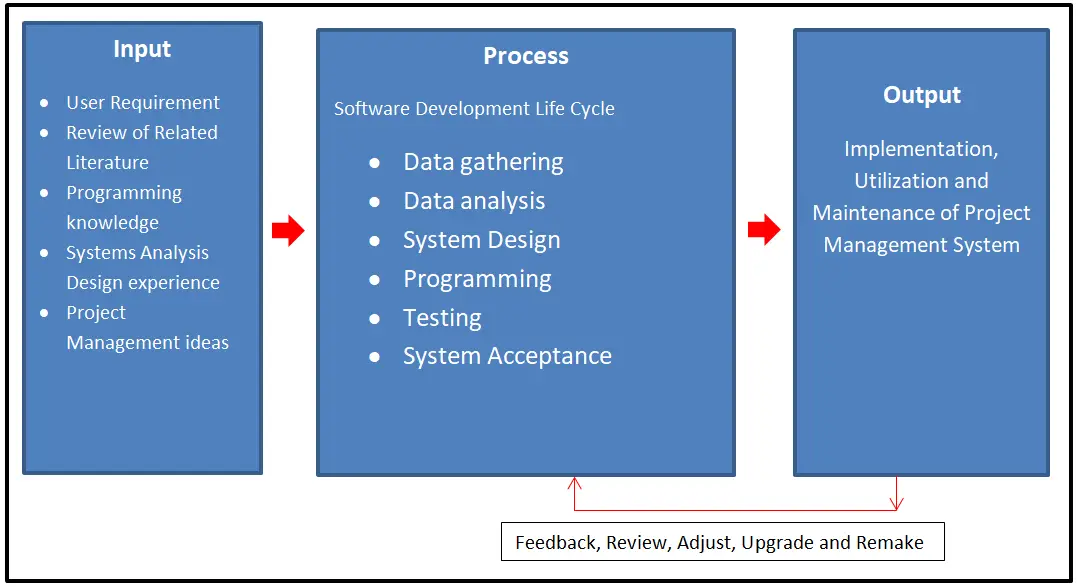
The conceptual structure for the Project Management System capstone project is depicted in the graphic above. It is based on the IPO model, also known as the input, process, and output model.
Input
This is where the researchers can use their prior understanding of systems analysis, design, and project management to good use.
Process
The researchers will select and choose the optimum software development life cycle model for the project in this section.
Data collection
The researcher for this study gathered all conceivable demands for system development at this phase, including requirements gathered from the system’s end users. The survey questionnaire was prepared by the researcher and evaluated by specialists. The surveys were designed to collect data in order to improve the performance of the proposed system in the future for general community use.
Data analysis
Consultation is used to gather requirements from end users and generate ideas. We also distributed a survey questionnaire that was authorized by three experts (IT Expert, English Grammarian, and Researcher). And these questionnaires functioned as our data gathering tool, measuring the performance of the manual system that served as the foundation for the development of our proposed system.
Design of a System
The prototype and planned system features are developed at this phase. A concrete understanding of how the system will function is also created. We identify all of the necessary system inputs and outputs, as well as the design of data, processes, and interfaces, in this part.
Programming
In this stage, we materialized the whole idea of the software to be designed. We created the program for the proposed system. The actual coding of the software is based on the system design and the requirements needs to be met. This is where the proper execution of the previous stages ensures a smooth implementation.
Program testing
In this phase, the researcher performed series of testing to check for any possible problems may arise during implementation and operation of the software and if the specification has been met.
Acceptance of the system
This is the final stage, where the system is installed and will be maintained after it has been implemented. The hardware and software requirements for the correct installation of the system must be considered. As part of the acceptance of this phase, the client must undergo user training to become thoroughly acquainted with the entire system.
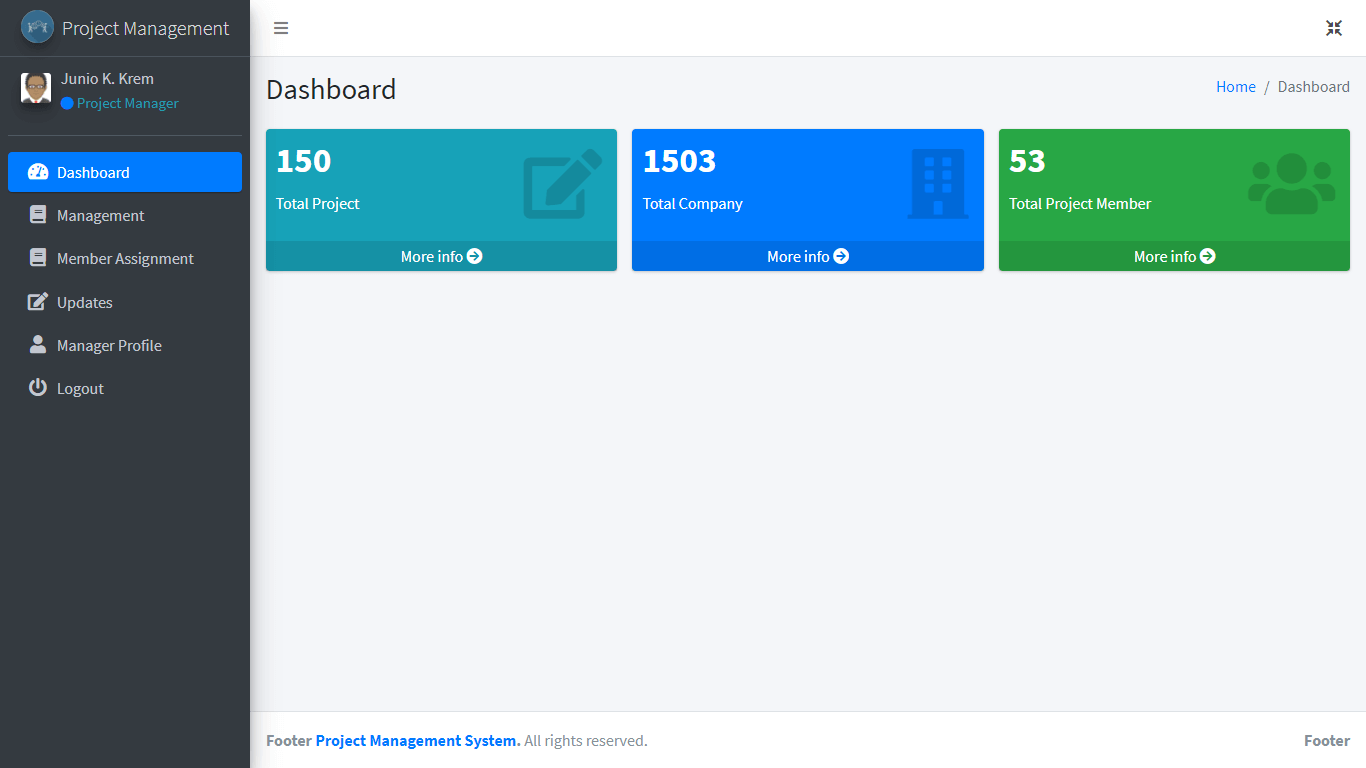
Output
The project is brought to life and implemented in the actual world after all of the relevant procedures have been accomplished. A new project, Project Management System, is formed, and it will be maintained to ensure the project’s long-term success.
Expected Outcome: Upon completion, the project management system will provide organizations with a centralized platform for managing projects, tasks, and resources, and improve the efficiency and communication of the project team.
Summary
This research article focuses on the conceptual structure of the Project Management System. The input, process, and output (IPO) model serves as the conceptual framework for the investigation. The input phase includes defining user requirements, reviewing related literature, programming abilities, systems analysis design experience, and project management principles. When the input phase is finished, the researchers will move on to the process stage. The Software Development Life Cycle (SDLC) approach is employed (SDLC). The SDLC technique includes data collection, data analysis, system design, programming, testing, and system acceptance. The final stage before the developed system is implemented and used is the output phase. The researchers will be in charge of the newly formed venture.
Readers are also interested in:
Project Management System Use Case Diagram
Project Management System ER Diagram
Project Management System Database Design
You may visit our Facebook page for more information, inquiries, and comments. Please subscribe also to our YouTube Channel to receive free capstone projects resources and computer programming tutorials.
Hire our team to do the project.
